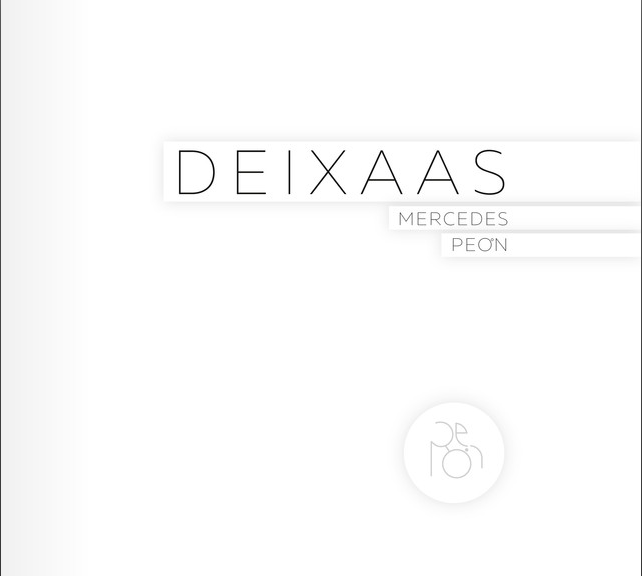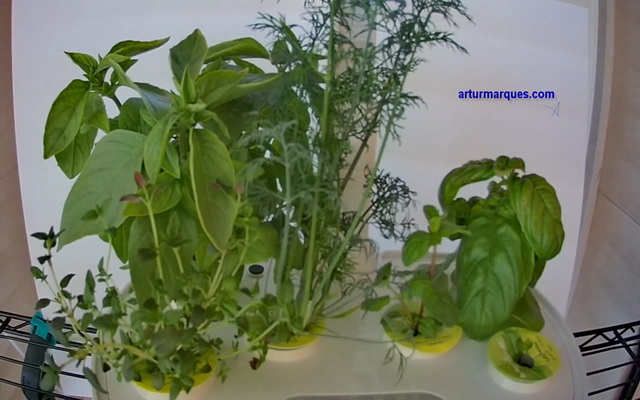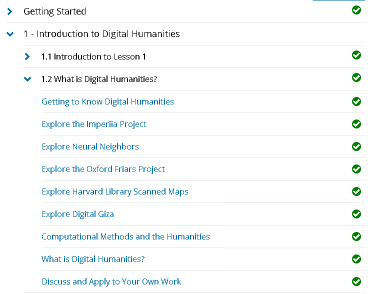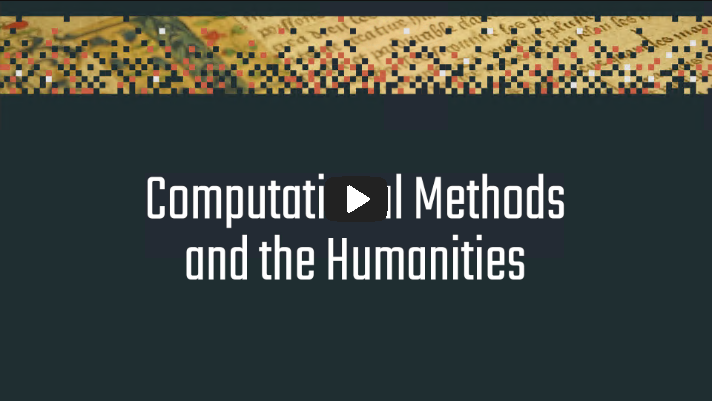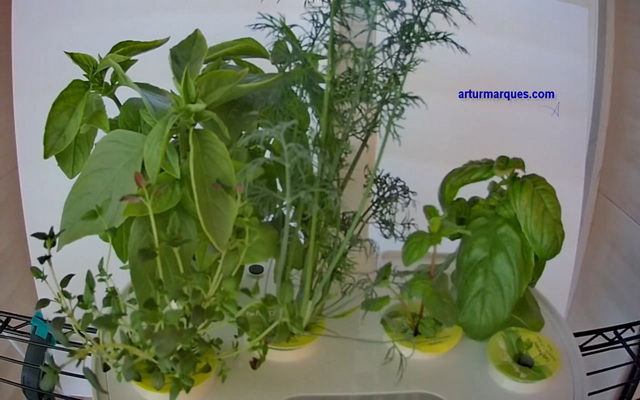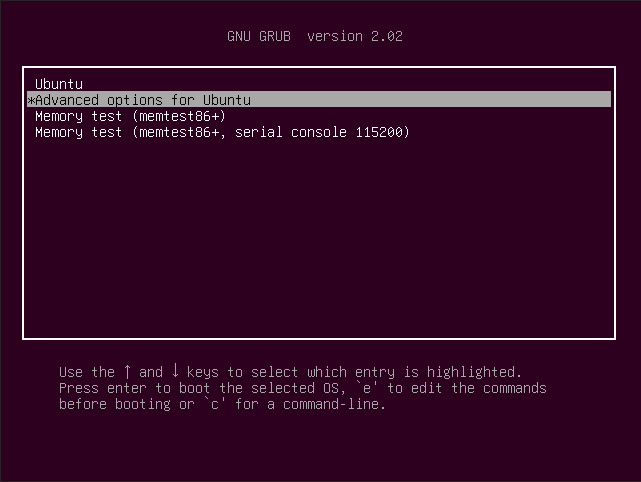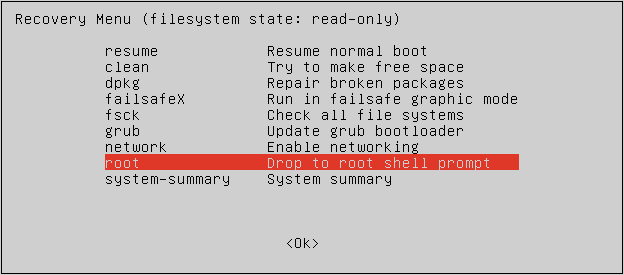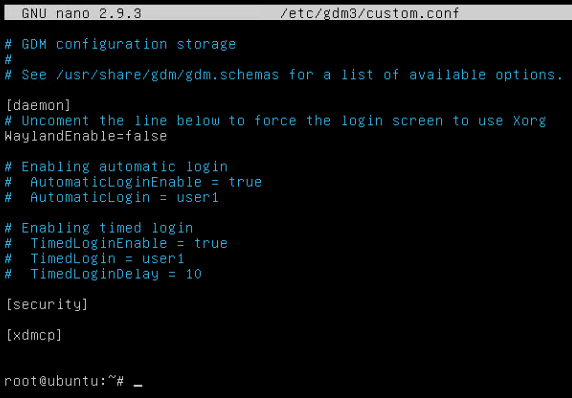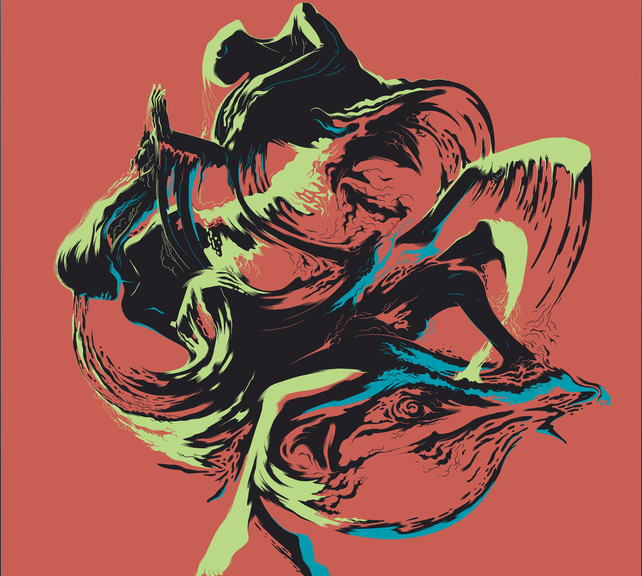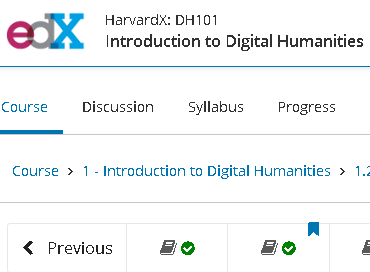Studying “Digital Humanities” @HarvardX
Months ago, I enrolled in Harvard’s “Digital Humanities”, via EDX:
https://courses.edx.org/courses/course-v1:HarvardX+DigHum_01+1T2019/course/
Then I procrastinated, other subjects got in the way, and I did not complete a single lesson. The course subscription remained active and on the last possible day to resume my studies with access to a certificate, in case of success, I took the opportunity to retry.
This course has an appellative syllabus, covering what “digital humanities” is; facilitating contact with several related projects worthy of the classification; and – this is my expectation, since I have just begun – exposing methods, approaches and tools that may help students in their own projects.
Eventually I will become better prepared to leverage some of my digital ventures to a research level, answering or posing interesting questions, producing and/or processing valuable data.
Today I adored the first hour I invested in the course, but there is a serious risk that I might “not belong”. In the first interactive moment, the student is asked to say the first four words that come to his mind, related to “digital humanities”. In hundreds of answers already available, I managed to reply two words/expressions with a presence of… 0% (!) and two others with a presence of 1%. Big, big miss!
My words/expressions were:
– “computer assisted” (I was thinking about computer assisted research, based on languages, frameworks, technology stacks, etc.), and this input scored 0%;
– “expression” (I was thinking about humanities in general, and how such subjects study the culture, history, art, and interactions of humans, which I broadly regard as human “expressions”), and this input also scored 0%;
– “human”, just because it honestly came to mind, as it did to 1% of others;
– “social”, for the same reason above, with same 1% popularity.
Shaken, but not deterred, I proceeded to learn about five amazing digital projects:
1) CHINA BIOGRAPHICAL DATABASE (CBDB)
In its essence, this is a database of biographical data of people, available online and offline, upon which many visualization, questions, etc., can be built and answered.
The course asks the student his perception of the “main purpose” of the project and my answer (“create a relational database”) was in accord with the most common answer to date.
I took note of the following resources.
CBDB main site is @
https://projects.iq.harvard.edu/cbdb/home
The standalone DB:
http://projects.iq.harvard.edu/cbdb/download-cbdb-standalone-database
Related video:
https://www.youtube.com/channel/UChgYFvs116M-esBcUfcHKfQ
I also learned the word “Prosopography”, meaning “the investigation of the common background characteristics of a group of actors in history”.
2) The Imperiia Project
I perceive this project as maps of the economic and cultural infrastructures of the Russian Empire.
Project page:
http://dighist.fas.harvard.edu/projects/imperiia/
Interactive version:
https://worldmap.harvard.edu/maps/886
More:
https://dataverse.harvard.edu/dataverse/ImperiiaGIS
Most people stated that the main purpose of this project is to “analyze geography”. I did not answer that. I answered “visualize data”, because the analysis is (mostly?) map-based.
3)
The Neural Neighbors project
Start here:
http://dhlab.yale.edu/projects/neural_neighbors.html
This is an application of neural networks to compute the proximity/similarity of images in sets of images. Very, very interesting.
This project’s main purpose is to “arrange and compare images” – I got that right!
4)
The “Explore the Oxford Friars” project
The main page is at:
https://oxfordfriars.wordpress.ncsu.edu/
I watched a related video and perceived the project as a digital reconstruction of a disappeared building. It is also that, but it is mostly about answering historical questions, regarding its location, architecture, dimensions, etc.
5)
HARVARD LIBRARY SCANNED MAPS
The main page is at:
https://library.harvard.edu/collections/scanned-maps
I cannot wait to write a solution to harvest the maps in this project, whose “main purpose” is to “digitize library holdings”. I got it right.
It was a very well spent one hour, and I hope this post captures the juice of it.
